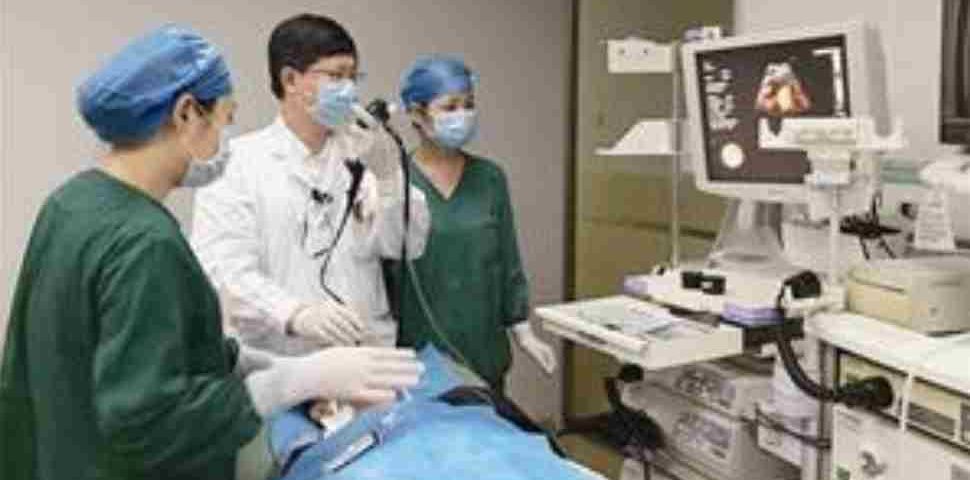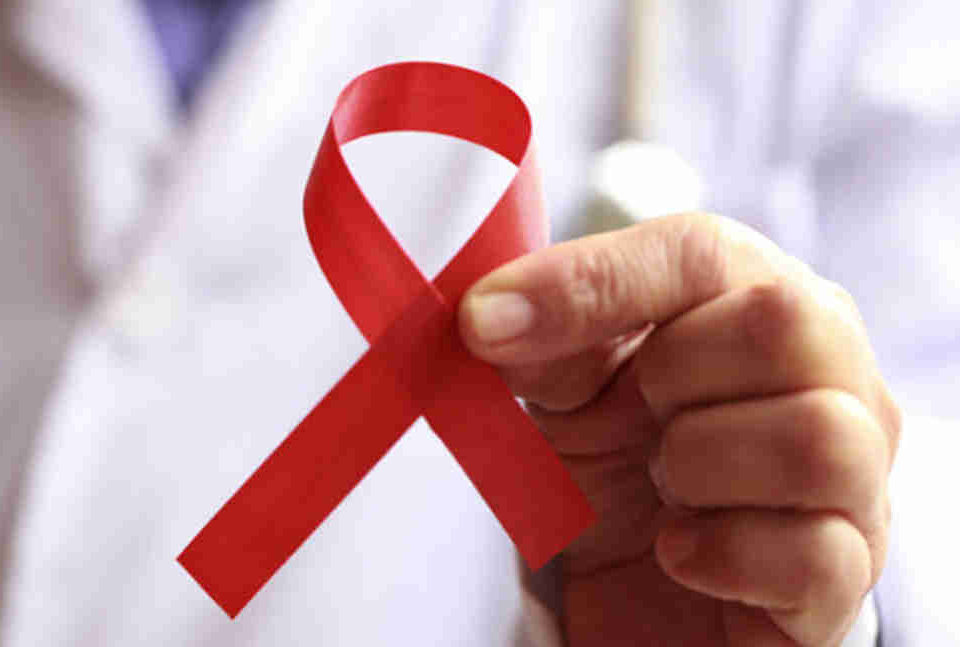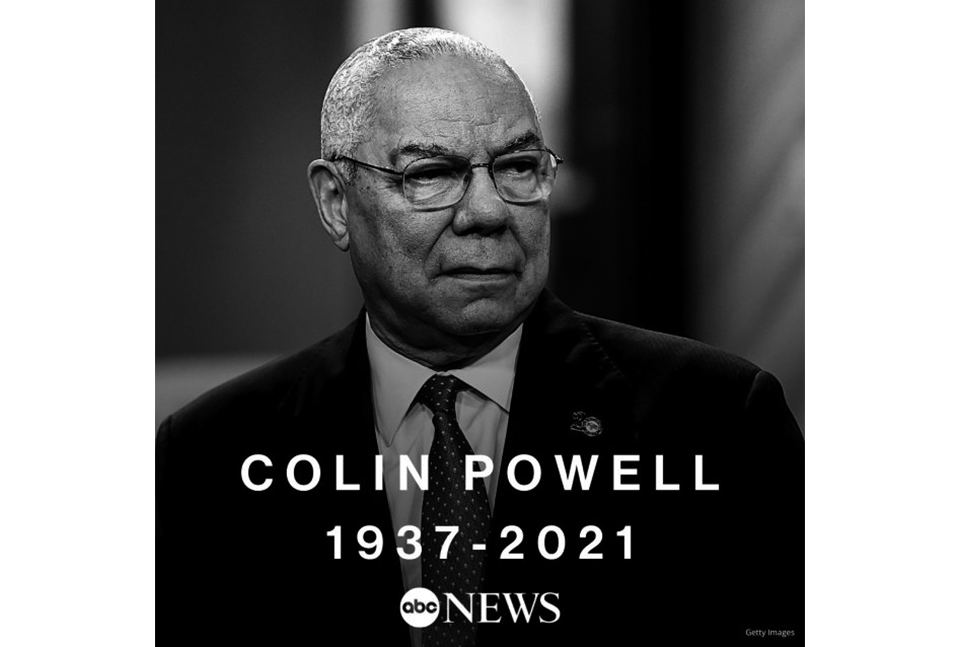- 如有疑问,请联系电邮
- customer@ihealth66.com
USNEWS:需要了解年轻患者的肺癌原因

USNEWS:是肺癌还是别的什么?先不要紧张!
2019年3月27日
USNEWS:对肺癌活检的重要性需要了解更多
2019年3月29日By Kathleen Hall
癌症是一种生物学上复杂的疾病,即使是在同一类型的癌症患者中也是如此。这既是挑战,也是机遇。
克利夫兰诊所的肿瘤学家Vamsidhar Velcheti博士说:“我们已经知道,肺癌的生物学极其多样化。”“对于从未吸烟或确诊时年龄较轻的患者尤其如此。了解这些差异以及这些癌症的生物学特性可以为我们提供更好的治疗方法。”
Velcheti说,就在10到20年前,人们是否吸烟并不重要。所有肺癌患者都接受了相同的治疗。现在,肿瘤学家们知道,癌症之间的差异是基于一个人是否吸烟。他们了解到,诊断年龄也是治疗和预后的一个重要区别因素。
年龄告诉我们什么?
达纳-法伯癌症研究所(Dana-Farber cancer Institute)的肿瘤学家、哈佛医学院(Harvard medical School)医学助理教授杰弗里·奥斯纳德(Geoffrey Oxnard)说,肺癌患者的平均年龄在65岁至70岁之间。
“我们(通常)不会考虑年轻患者的肺癌。”
Velcheti赞同“肺癌主要是老年人和吸烟者的疾病”。不到5%的肺癌发生在50岁或更年轻的人群中。话虽如此,Velcheti治疗的肺癌患者年龄最小也不过20多岁。事实上,你可能还记得演员克里斯托弗·里夫(Christopher Reeve)的妻子达纳(Dana),她从不吸烟,44岁时死于肺癌。
年轻肺癌患者更有可能是女性,有腺癌(相对于鳞状细胞癌,另一种主要类型的非小细胞肺癌),并在诊断时有晚期肺癌。他们也不太可能曾经吸烟,而且他们通常有更严重的癌症。
奥克斯纳德说,当他和他的同事分析了数千名肺癌患者的肿瘤样本的DNA时,发现了明显的差异。较年轻的患者(通常45岁或50岁)更有可能出现晚期非小细胞肺癌中发现的一种已确定的基因突变。目前已确认的突变有5种:EGFR、ALK、HER2、ROS1和BRAF-V600E。50岁或50岁以下的患者发生基因突变(通常是EGFR)的可能性增加了59%,而这种基因突变有一种有效的靶向治疗方法。
这应该是个好消息。然而,即使考虑到靶向治疗的有益效果,年轻患者的生存时间也比预期的短。总的来说,他们的结果和预后比你对他们年龄的预期要差,奥克斯纳德说。他说:“(年轻的患者)在照顾自己健康方面投入较少,而且他们处于一个更高级的阶段。”初级保健医生和他们的病人没有考虑年轻人患肺癌的情况,因此不太可能把诸如呼吸急促或背痛等症状与癌症等同起来。
奥克斯纳德说,年轻的病人也可能有遗传性肺癌的风险。“我们需要确定(个人)除了吸烟还面临哪些风险,并确定高风险的遗传突变。我们需要问:肺癌的其他原因是什么?说吸烟会导致肺癌是过于简单化了。肺癌的原因有很多。”
维尔切蒂说,人们对研究基因的群体基因组学越来越感兴趣,它可以为年轻和老年肺癌患者提供丰富的信息。例如,他说,烟草可以在不同的基因类型中以不同的方式代谢。换句话说,你的身体处理烟草的方式可能是你遗传的,它可能会增加你患肺癌的风险,与一个有着不同基因的吸烟者相比。目前,这些只是假设和需要进一步研究的领域。
奥克斯纳德和维尔切蒂强调,对从不吸烟的年轻患者进行基因检测,寻找基因缺陷非常重要。总有一天,它们可能会带来新的治疗方法。
奥克斯纳德说,传统上,年轻人并不是癌症治疗的经典生物标志物或标识符。“肿瘤学家乐于接受这样一种观点,即异常值(年龄等与大多数异常值不同的患者)中的癌症可能是不同的,可能需要不同的治疗。”
CANCER IS A biologically complex disease – even among patients with the same type of cancer. This is both a challenge and an opportunity.
“We’ve come to know that the biology of lung cancer is extremely diverse and heterogeneous,” says Dr. Vamsidhar Velcheti, a medical oncologist at Cleveland Clinic. “This is especially true in patients who’ve never smoked or who are at younger ages when diagnosed. Understanding these differences and the biology of those cancers can inform us regarding better treatments.”
Velcheti says that as recently as 10 to 20 years ago, it didn’t matter if someone smoked or not. Everyone who had lung cancer received the same treatment. Now oncologists know that there are differences among cancers based on whether someone was a smoker or not. And they’re learning that age at diagnosis is also an important differentiator when it comes to treatment and prognosis.
What Age Tells Us
The average age of a lung cancer patient is 65 to 70, says Dr. Geoffrey Oxnard, a medical oncologist at the Dana-Farber Cancer Institute and assistant professor of medicine at Harvard Medical School.
“We don’t [typically] think about lung cancer in younger patients.”
Velcheti concurs. “Lung cancer is predominantly a disease of the elderly and of people who’ve smoked,” he says. Fewer than 5 percent of lung cancers occur in people 50 or younger. That said, Velcheti has treated lung cancer patients as young as their 20s. In fact, you may remember that actor Christopher Reeve’s wife, Dana, who never smoked, died at age 44 from lung cancer.
Young lung cancer patients are more likely to be female, to have adenocarcinomas (as opposed to squamous cell carcinomas, the other main type of non-small cell lung cancer) and to have advanced lung cancer at diagnosis. They’re also less likely to have ever been a smoker, and they usually have a more aggressive cancer.
Oxnard says that when he and his colleagues analyzed the DNA from thousands of tumor samples from lung cancer patients, there were clear differences. Younger patients (typically ages 45 or 50) were more likely to have one of the identified genetic mutations found in advanced non-small cell lung cancers. There are five of these identified mutations so far: EGFR, ALK, HER2, ROS1 and BRAF-V600E. Patients 50 or younger had a 59 percentgreater likelihood of having a genetic mutation (usually EGFR) for which there is an available targeted therapy.
This should be good news. However, younger patients’ survival times are shorter than expected, even when you take into consideration the beneficial effects of targeted therapies. Overall, their outcomes and prognosis are worse than you’d expect for their age, Oxnard says. “[Younger patients are] less invested in taking care of their health,” he says, “and they present at a more advanced stage.” Primary care doctors and their patients are not thinking about lung cancer in young adults and, thus, less likely to equate symptoms – such as shortness of breath or back pain – with cancer.
Oxnard says younger patients may also have an inherited lung cancer risk. “We need to identify what risks [individuals face] besides smoking and to identify high-risk inherited mutations. We need to ask: What are the other causes of lung cancer? To say that smoking causes lung cancer is an oversimplification. There are myriad reasons for lung cancer.”
Velcheti says there is a growing interest in population genomics, which refers to the study of genes, and it could provide a wealth of information about younger andolder lung cancer patients. For example, he says, tobacco could metabolize differently across genetic types. In other words, how your body processes tobacco could be something you inherit, and it might raise your risk for developing lung cancer compared to a smoker with a different genetic profile. For now, these are just hypotheses and areas for additional research.
Oxnard and Velcheti stress it’s important to do genetic testing in younger patients who never smoked and look for genetic vulnerabilities. Someday, they may lead to new treatments.
Traditionally, youth was not a classic biomarker, or identifier, for cancer treatment, Oxnard says. “Oncologists are open to the idea that cancer in outliers [patients who differ from the majority in some way, such as age] might be different and might need different treatment.”





